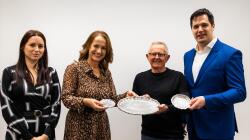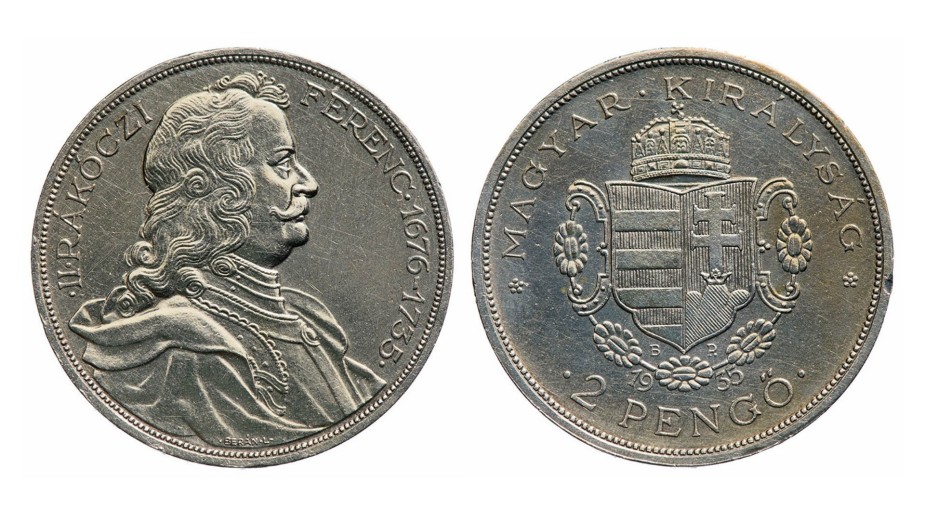
Little is said about the designers of money, even though we see their work every day. Let's make up for our lack of knowledge and get to know one of the most influential money designers and coin artists of the first half of the 20th century, Lajos Berán.
Lajos Berán was born on the 9th of June in 1882 in Budapest. He studied sculpturing with Edé Telcs, who is considered to be the founder of the Hungarian coin art. In 1903, at the age of 21, he won a competition with a plaque of Ágoston Trefort.
Following the success of this competition, he decided that coin art would be his path in life.
Berán was equally at home with the techniques of minting and the casting of coins, and even knew how to engrave in steel.
Metal coin knitting gave him less opportunity to exploit his excellent talent for portraiture. When he did start, he invariably won the commemorative coin competitions. In 1931, he was appointed to the post of Chief Mint Master of the State Mint - a post which today would be equivalent to Artistic Director - in recognition of his coinage work. His coins are characterised by a harmony of artistic appearance and technical knowledge.

The following pengős were designed by Lajos Berán:
Ø 2 pengő, silver, commemorating the 300th anniversary of the founding of the Royal Péter Pázmány University, 1935
Ø 2 silver pengő, commemorating the 200th anniversary of the death of Ferenc Rákóczi II, 1935
Ø 2 silver pengő, in memory of Ferenc Liszt, 1936
Ø 5 pengő, silver, for the 10th anniversary of Miklós Horthy's reign, 1930
Ø 5 pengő, silver, for the commemoration of Miklós Horthy, 1938, 1939
Ø 5 pengő, silver, to commemorate the 900th anniversary of the death of St Stephen, 1938. In 1965 an international jury voted it the most beautiful coin in the world
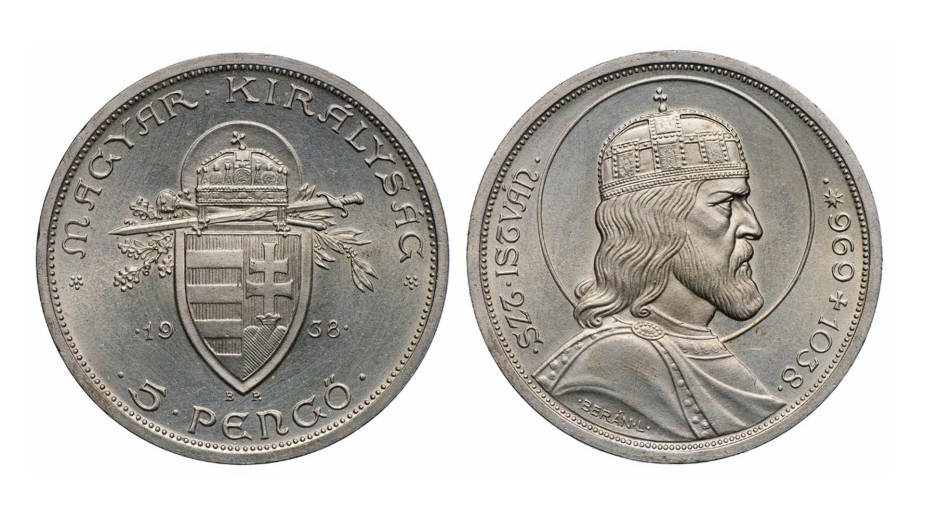
Ø 5 pengő, aluminium, for the 75th Anniversary of the Birth of Miklós Horthy, 1943
Ø 1 and 2 pengő, aluminium, minted between 1941 and 1944
Ø 20 pengő, steel, minted between 1941 and 1944
He designed the Bulgarian 100-, 50- and 20-lev coins in 1930. Nine years later, at the request of the National Bank of Finland, he designed their 50 marks denomination to commemorate the forthcoming Olympic Games, but the realisation of his work and the Olympics in Tokyo and Sapporo were cancelled due to the outbreak of war.
Teaching purpose
He felt obligated to promote the art of coin making and wrote articles on the subject. He stressed the educational value of coins. "Coins teach, explain history and develop our appreciation of the arts." - he said. The role of coins in conveying messages and propaganda was already recognised in the Roman Empire. This has not changed over the centuries since then. In this respect, the coins in circulation and the commemorative coins can be used in a similar way. Experience has shown that coins reach more people than commemorative coins, or even commemorative coins of the modern era, or circulation coins for commemorative purposes, but that the coin holders pay more attention to the contemplation of commemorative coins. Both circulation coins and commemorative coins are popular with coin collectors. This is no coincidence, as the career of Lajos Berán proves that the artist, the mint and the subject matter can be the same. He has also painted portraits of prominent historical figures and contemporaries, such as that of his master, Edé Telcs, and Ignác Alpár, the designer of the headquarters of the Austro-Hungarian Bank in Budapest (later the headquarters of the Central Bank of Hungary), on the occasion of the architect's 70th birthday.
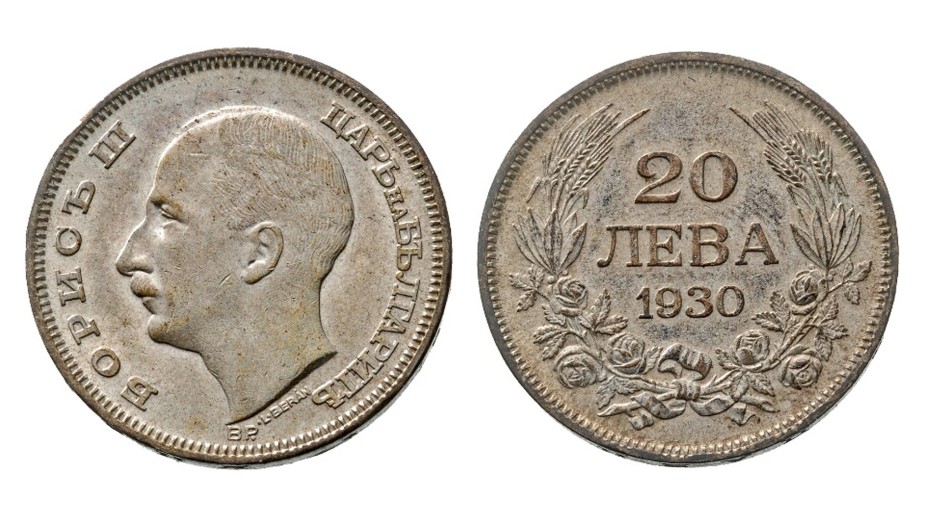
A versatile talent
Berán was an active member of the Hungarian Numismatic Society, where he gave several lectures, for example on modern counterfeiting. He has been invited as an expert to several juries and professional committees. In addition to his work on coins and plaques, his worked on several sculptures and memorial tablets in the capital and in the countryside. Several of them can still be seen today, such as the Petz Samu fountain in Budapest on Szilágyi Dezső Square in District I, the relief in memory of the postmen killed in the First World War on the wall of the Main Post Office in Petőfi Sándor Street, and the memorial plaque of the Hatvan Gate in Kossuth Lajos Street. Berán is credited with the creation of the Hungarian sports plaques, raising the then rudimentary level of sports club medals to a high artistic standard.
When he had the chance - even on the surfaces of coins - he also showed his sense of humour. According to one anecdote, once, while travelling on a train, Berán took a handful of 5 pengő coins from his pocket and played with them, waving them from one hand to the other. Passengers asked him where he got these shiny silver coins. "I made them last night," he replied convincingly. At a major station the train stopped for a long time, one of the passengers disembarked and returned accompanied by two gendarmes. He pointed to Lajos Berán. The gendarmes escorted him to their station, checked him, but did not let him speak, despite his protests. Finally, with some difficulty, he managed to clear himself of the suspicion of counterfeiting in front of the sergeant major.
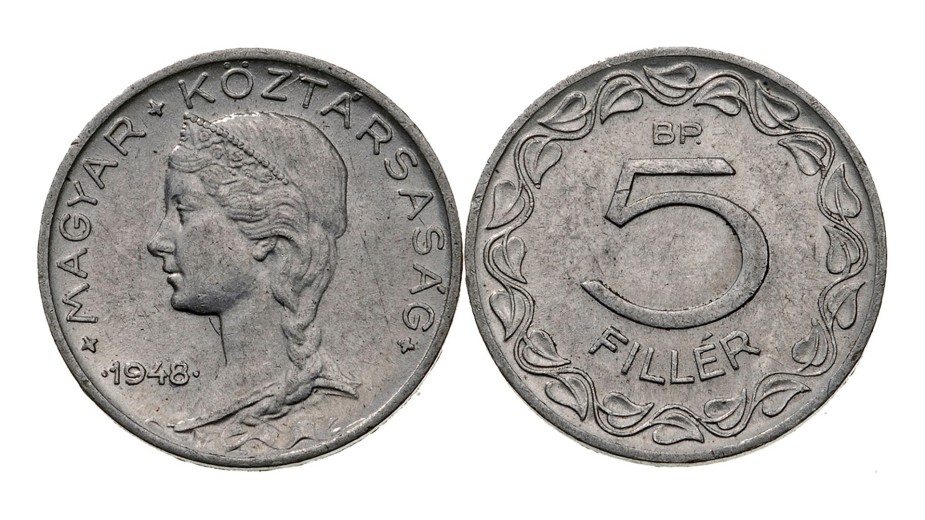
The busiest Hungarian coin artist of the period between the two world wars died in 1943, aged 61, after a long illness. The first denominations of the forint system introduced in 1946 did not include a 5-denomination coin, but it soon became clear that the circulation of money required this denomination. The state managed to buy the rights to use the left-facing, partisan head of a girl on the obverse of the 5 pengő introduced in 1948 from Berán's widow so they could use it for the 5 forint. The aluminium coin was officially in circulation until the 30th of September in 1992, but from 1978 onwards 30,000 coins were minted annually exclusively for collectors for the foil-stamped circulation lines, and only 10,000 were minted in 1990 and in 1991. This is the only forint coin minted under the forint system which, albeit posthumously, is attributed to Lajos Berán.
Further news
All newsThank you for your kind understanding!
The success of the HUNOR Program is now on display in the exhibition space
The Tarnay family brought silver bowls
Thank you for your kind understanding!
Thank you for your kind understanding!
The success of the HUNOR Program is now on display in the exhibition space
The Tarnay family brought silver bowls
Thank you for your kind understanding!


